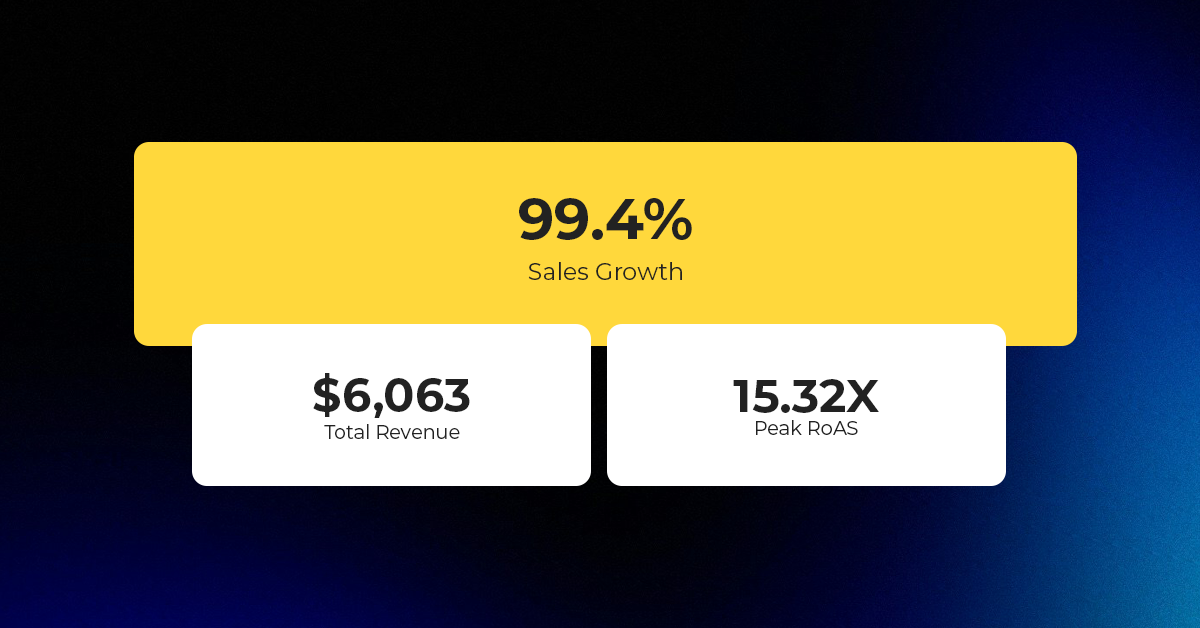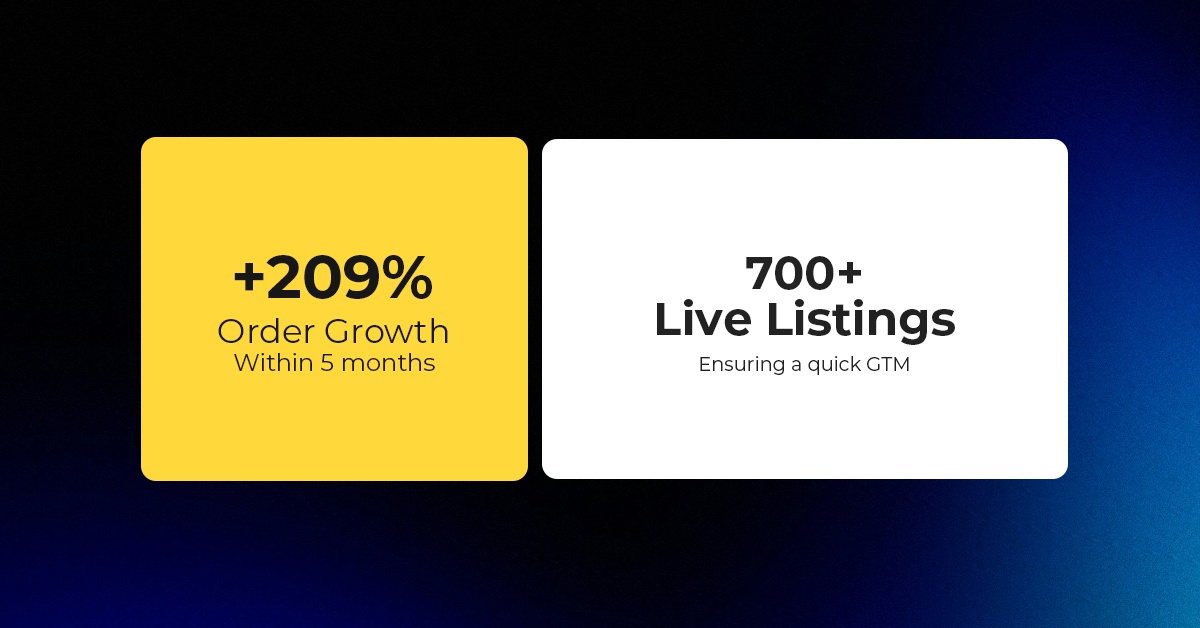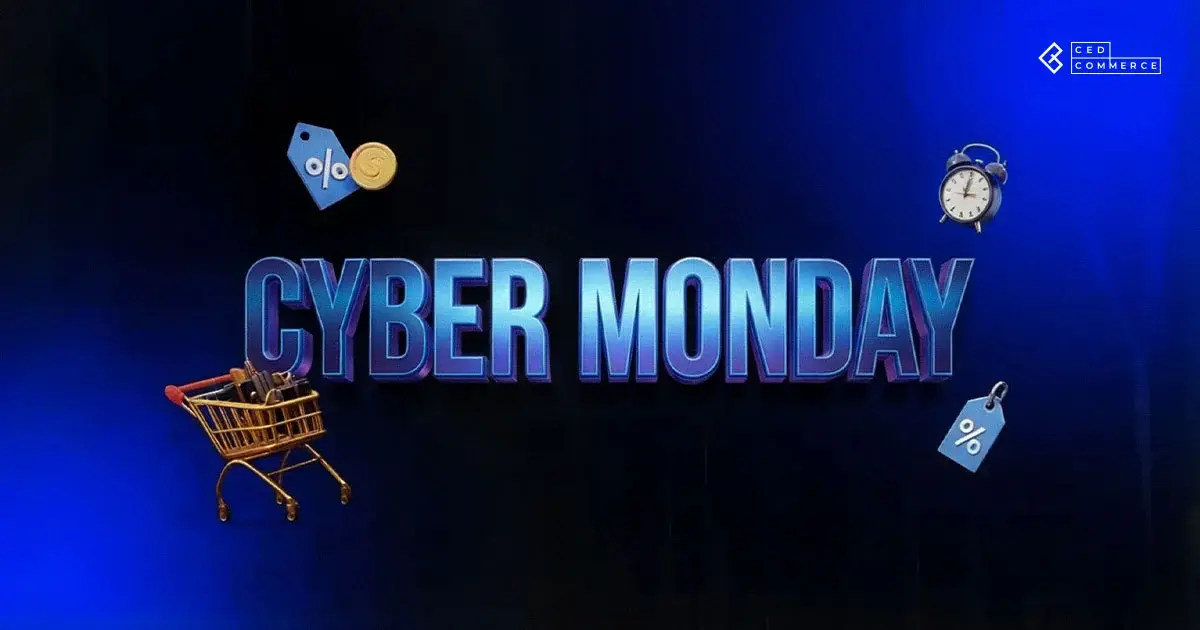Centralized Catalog, Faster Publishing: 40ParkLane’s Marketplace Success with CedCommerce
Reading Time: 4 minutesAbout the Brand: 40ParkLane LLC Studio40ParkLane is a design-led print-on-demand brand created…
Bonanza is a marketplace that sells everything but ordinary. The simple listing process and quick booth setup are impressive features. It is popular among sellers for zero listing fee, no store maintenance charge, and no hidden fee.
Merchants consider it an alternative to eBay, and there is a solid reason behind it. Bonanza emerged as the most recommended marketplace in 2016, leaving behind e-commerce giants like Amazon, Etsy, and eBay. Also, It bagged the top spot for the Sellers Choice Awards 2021 in categories that play a vital role in e-commerce business growth
The commission charged by eBay is a bit tricky. They charge an upfront insertion or listing fee to list the items as well as a final value fee.
Secondly, the commission fee varies a lot. It is 14.55% for books, music, and movies. Whereas selling musical instruments costs around 5.85%. It gives rise to a sense of partiality.
Also, some different rules apply for products worth more than $7500. As a result, sellers are deeply disappointed with eBay’s fee policy.
Therefore, it can be concluded the selling fee of eBay is not something appreciated by sellers. Moreover, merchants with lower profit margins can find it difficult to survive in the competitive landscape.
Hence merchants are on the lookout for eBay alternative.
Hence, there is a need for an eBay alternative, and one good option is the Bonanza marketplace.
A consistent decline in the number of active buyers from 163 million (Q1 2021) to 142 million (Q1 2022). This effect was evident with a 6% decline in sales figures. A depressing moment for eBay sellers
Also, eBay witnessed a 20% drop in GMV during the first quarter of 2022 compared to last year’s same period. Shockingly, it is the fourth quarter in a row with lower than expected revenue.
eBay’s tough time or bad luck has been going on for the last year, and there is no solid strategy to counter it. No wonder feeling helpless, eBay sellers might switch to a better marketplace like Bonanza.
Customers complained about eBay phishing emails requesting to complete the purchase of used vehicles (RVs and Cars) using an eBay gift card.
Image credit: vadesecure.com
Thousands of such fraudulent listings appeared within a week and received lakhs of views. Duping customers is such a depressing thing. The reputation of eBay was jolted to the core. Loyal customers questioned their trust in eBay.
Let’s look closely at crucial parameters that make Bonanza an appropriate eBay alternative.
Bonanza charges a mere 3.5% commission for products with a final offer value (FOV) of less than $ 1000. Also, for items worth more than $1000, it is 5%. Moreover, there is no hidden fee.
eBay selling fee impacts ads listed by sellers every month. For 40 ads or less, eBay sellers pay a hefty 10.9% for every sale. Even if it’s more than 40, there is still a 4% to 10% commission.
Bonanza offers an import products solution with its import listing from other marketplaces. As a result, product import happens in just a few clicks and saves sellers precious time.
But, this feature is missing from eBay. However, a marketplace integration solution will help sellers to import listings in a hassle-free manner.
The sellers choice survey by ecommercebytes.com revealed sellers had chosen Bonanza as the winner for providing impeccable customer service in 2020 and 2021, racing ahead of top ecommerce marketplaces like Amazon, eBay, and Etsy.
This award was bestowed to a bonanza for the second consecutive year. It indicates Bonanza’s unwavering commitment and capacity to deliver great customer service consistently.
Customer service is critical attribute to become perfect eBay Alternative
As a result, Bonanza sellers will benefit from below
No wonder the above pointer will encourage sellers to prefer to sell on Bonanza over anything else. After all, the Bonanza customer support team has got their back covered.
Sellers have also chosen none but Bonanza as winner for 2020 and 2021 in the communication category for Sellers Choice Award. Transparent communication between merchant and marketplace is the key to propelling the business in the right direction.
Bonanza is a seller-friendly marketplace with the feature of displaying seller’s booth information alongside listings. It boosts the seller’s visibility among the target audience.
Image credit: Bonanza
As a result, it influences shoppers to explore more products. No wonder shoppers find it pleasing that they can avoid unnecessary navigation to access specific product pages. Making it easier to find the right item uplifts the customer experience, a key element to strengthening repeat purchases.
Moreover, the flawless communication channel established by Bonanza helps in initiating personal level communication between sellers and customers.
Image credit: bonanza
It also lets sellers know about those who checked the subscribe box. Hence, he can better strategize for potential customers in the future.
Many reasons raise sellers’ eyebrows when planning to sell on eBay. Instead of only hoping for things to improve on eBay, it will be wise to invest time and money in equally good and promising platforms like Bonanza.
The multiple benefits of selling on Bonanza can be leveraged to the next level by automating your selling process with the right solution.

Reading Time: 4 minutesAbout the Brand: 40ParkLane LLC Studio40ParkLane is a design-led print-on-demand brand created…

Reading Time: 3 minutesAbout the Company Brand Name: David Protein Industry: Health & Nutrition (Protein…

Reading Time: 3 minutesOnline retail spending in Germany is entering a renewed growth phase after…

Reading Time: 4 minutesTikTok Shop has released a comprehensive Beauty and Personal Care Products Policy,…

Reading Time: 4 minutesTikTok Shop has formally outlined comprehensive requirements for expiration date labeling and…

Reading Time: 3 minutesTikTok Shop is raising its sales commission for merchants across five active…

Reading Time: 11 minutesBy now you have seen your BFCM 2025 numbers. The harder question…

Reading Time: 3 minutesAbout the Brand Name: Vanity Slabs Inc Industry: Trading Slabs- Vanity Slabs…

Reading Time: 2 minutesAbout the Brand Name: Ramjet.com Industry: Automotive Parts & Accessories Location: United…

Reading Time: 2 minutesAmazon is rolling out strategic referral fee reductions across five major European…

Reading Time: 4 minutesQuick Summary: Scaling Lifestyle Powersports on eBay with CedCommerce Challenge: Zero marketplace…

Reading Time: 4 minutesTikTok has surpassed 460 million users across Southeast Asia, reinforcing its position…

Reading Time: 3 minuteseBay has released its final seller news update for 2025, with a…

Reading Time: 3 minutesAmazon has clarified its stance regarding speculation around a potential breakup between…

Reading Time: 4 minutesWalmart is accelerating its push into next-generation fulfillment by expanding its drone…

Reading Time: 4 minutesFaire, the fast-growing wholesale marketplace connecting independent retailers with emerging brands, has…

Reading Time: 4 minutesB2B buying in the United States is undergoing a fundamental behavioral shift…

Reading Time: 3 minutesSummary Cyber Monday 2025 has officially become the largest online shopping day…

Reading Time: 2 minutesSummary Amazon kicked off December with two major developments shaping the future…

Reading Time: 2 minutesSummary Walmart has entered December with two major moves that signal a…